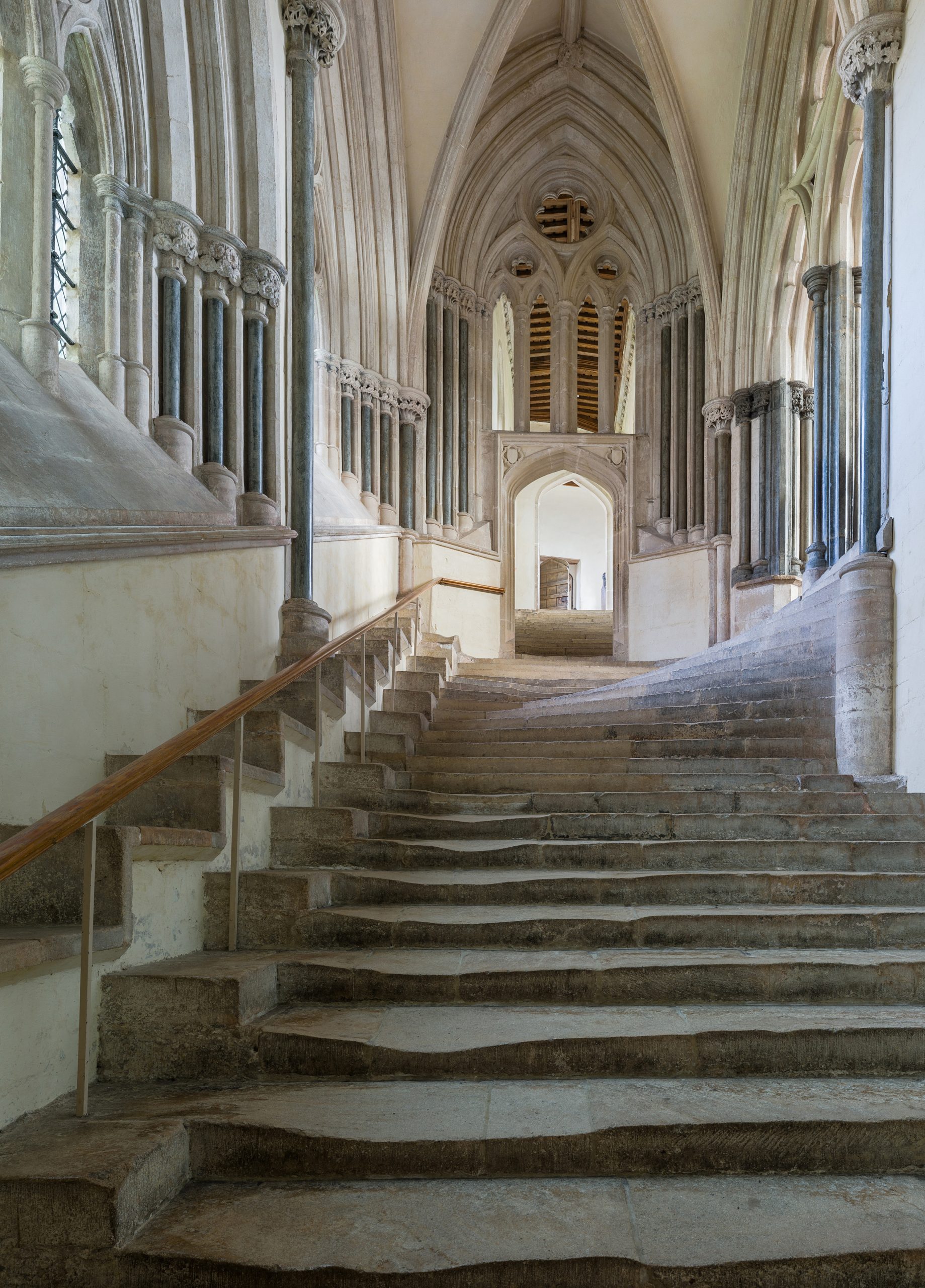
In much the same way that literacy is both cultivated and preserved in books, cultural memory obtains legible shape and palpable dimension in buildings, persisting as long as they do, even though they are rewritten through use and misuse, also erosion and damage, and eventually erased through destruction. In an age such as ours, when so much of life seems in flux—social norms, family structures, professional roles, political allegiances, and so on—the power of architecture to give practical affairs orientation and stability can no longer be taken for granted. Here’s my opening question: What would a culture be without memory articulated in built works?1 Cities that were largely destroyed in World War II, like Dresden or Warsaw, answered “very little” to this question when they undertook their rebuilding campaigns. Recollection was so important that forward-looking projects were designed to preserve/construct a past that in many cases had never existed. Might the same type of design supervene examples of contemporary urbanization that exhibit cultural amnesia?
Continue Reading:
Notes





